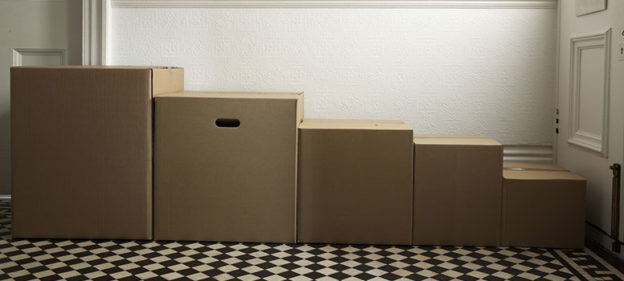Master these basic principles of packing before you seal your boxes and you’ll reap the rewards when moving and unpacking.
Pack with Principle
Start with out-of-season items. Next, pack things used infrequently. Leave until last the things you’ll need until moving day.
Empty drawers of breakables, spillables, items not recommended for inclusion in your shipment and anything that would puncture or damage other items. However, blankets, sweaters, lingerie, bath towels and similar soft, lightweight goods may be left in drawers.
Pack similar items together. For example, do not pack a delicate china figurine in the same carton with cast-iron frying pans.
Keep all parts or pairs of things together. For example, curtain rod hangers, mirror bolts and other small hardware items should be placed in plastic or cloth bags (which can be purchased from your United agent) and taped or tied securely to the article to which they belong.
Wind electrical cords, fastening them so they do not dangle.
Wrap items individually in clean paper; use tissue paper, paper towels or even facial tissue for fine china, crystal and delicate items. Use a double layer of newspaper for a good outer wrapping.
Place a two- or three-inch layer of crushed paper in the bottom of a carton for cushioning.
Build up in layers, with heaviest things on the bottom, medium weight next and lightest on top.
As each layer is completed, fill in empty spaces firmly with crushed paper. It is also a good idea to add more crushed paper to make a level base for the next layer or use sheets or cardboard cut from cartons as dividers.
Cushion well with crushed paper; towels and lightweight blankets also may be used for padding and cushioning. The more fragile the item, the more cushioning needed. Be sure no sharp points, edges or rims are left uncovered.
Pack small, fragile, individually wrapped items separately or a few together in small boxes, cushioning with crushed or shredded paper.
Place small boxes in a single large box, filling in spaces with crushed paper.
Avoid overloading cartons, but strive for a firm pack that will prevent items from shifting. The cover should close easily without force, but should not bend inward.
Seal cartons tightly with tape except for those containing items listed on United’s High-Value Inventory Form. These must be left open for the van operator’s inspection.
As you finish with each carton, list the contents on the side of the carton (for easy viewing while cartons are stacked) and in a special notebook. You might want to number and/or code the cartons as well.
Indicate your name and the room to which each carton should be delivered at destination on the label. Tape a sign on the door of each room at destination corresponding to the carton labels so movers can get the cartons into the proper rooms quickly.
Put a special mark on cartons you want to unpack first at destination.


